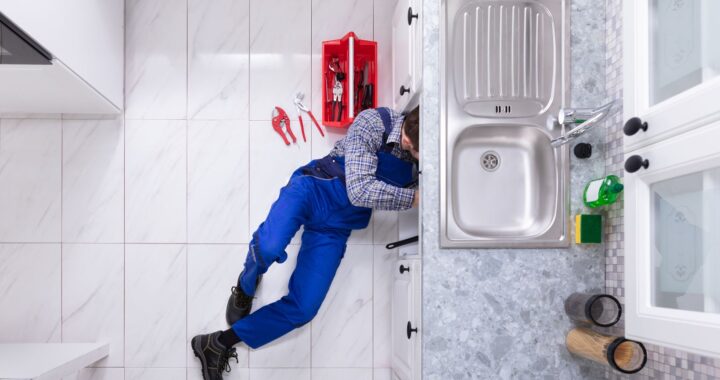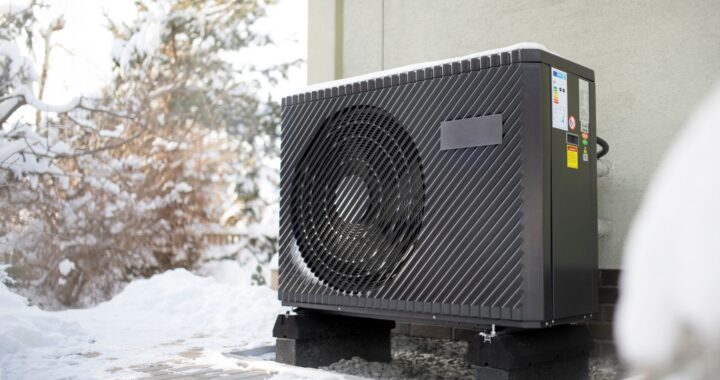How to install a dry well

Dry wells are an effective way to manage storm water runoff, and can be installed in a variety of locations. When choosing a dry well location, consider the following:
- The dry well should be located at least 10 feet from any structure, and should not be located in an area where flooding is likely to occur.
- The dry well should be located in an area with good drainage.
- The dry well should be at least 2 feet deep and 4 feet wide.
To install a dry well, follow these steps:
- Dig a hole that is at least 2 feet deep and 4 feet wide.
- Line the hole with gravel or rocks.
- Install a perforated pipe in the center of the gravel or rocks.
- Cover the pipe with more gravel or rocks.
- Cover the dry well with a heavy-duty lid.
- Connect the downspout from your gutter system to the dry well.
If you live in an area with a high water table, you may need to install a French drain around the perimeter of the dry well to prevent water from seeping into the hole. A French drain is a perforated pipe that is surrounded by gravel or rocks.
What is a dry well
A dry well is a hole that is dug in the ground and filled with gravel or rocks. It is used to manage storm water runoff. Storm water runoff is the water that runs off of your roof and gutters during a rainstorm. When this water runs into the street, it can cause flooding. A dry well helps to prevent this by collecting the water and allowing it to seep into the ground.
How does a dry well work
A dry well works by collects storm water runoff in a hole that is dug in the ground. The hole is lined with gravel or rocks, and a perforated pipe is installed in the center of the gravel or rocks. The pipe allows the water to seep into the ground, and the gravel or rocks help to keep the hole from collapsing. The dry well is then covered with a heavy-duty lid.
What are the benefits of a dry well
There are several benefits of a dry well, including:
- It helps to prevent flooding by collecting storm water runoff.
- It helps to recharge the groundwater.
- It helps to reduce erosion.
- It is a low-maintenance solution for managing storm water runoff.
What are the disadvantages of a dry well
There are some disadvantages of a dry well, including:
- It can be expensive to install.
- It may not be effective in areas with a high water table.
- It can be difficult to find a location that meets all the criteria for an effective dry well.
How often should a dry well be cleaned
A dry well should be cleaned out every year or two, depending on the amount of storm water runoff it receives. To clean a dry well, follow these steps:
- Remove the lid from the dry well.
- Pump out any water that has accumulated in the dry well.
- Remove any debris from the dry well.
- Replace the lid on the dry well.
If you live in an area with a high water table, you may need to install a French drain around the perimeter of the dry well to prevent water from seeping into the hole. A French drain is a perforated pipe that is surrounded by gravel or rocks.
Tips for using your dry well properly
Here are some tips for using your dry well properly:
- Do not connect your downspout directly to the dry well. The dry well will fill up too quickly and may overflow.
- Do not put anything other than storm water runoff into the dry well. This includes leaves, grass, and dirt.
- Do not park on top of the dry well. This can damage the lid and the pipe.
- Do not dig into the dry well. This can damage the pipe and cause the dry well to collapse.
If you live in an area with a high water table, you may need to install a French drain around the perimeter of the dry well to prevent water from seeping into the hole. A French drain is a perforated pipe that is surrounded by gravel or rocks.

 Effective Solutions for Gutter Rust and Corrosion
Effective Solutions for Gutter Rust and Corrosion  Revealing Why Overlooking Plumbing Issues Could Cost You More
Revealing Why Overlooking Plumbing Issues Could Cost You More  Replacing an Air-to-Water Heat Pump: Should You Go for a New Model or a Repair?
Replacing an Air-to-Water Heat Pump: Should You Go for a New Model or a Repair?